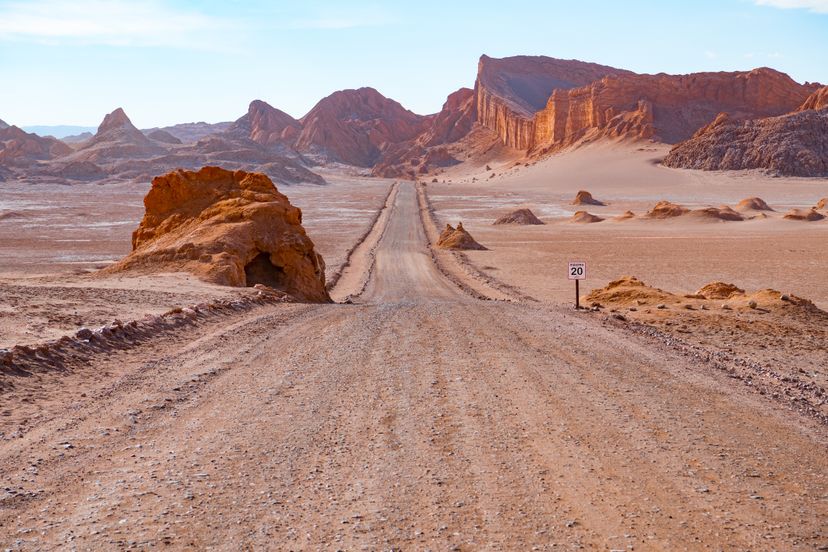
Water is absolutely essential for all known living things but there are places in the world that receive little to no rainfall at all. Scientists even compared one of these places to that of the planet Mars due to its dry climate and the photosynthetic bacteria that live there. While the Atacama Desert of Chile and the McMurdo Dry Valleys of Antarctica are arguably the two of the driest places on earth, there are many other places with similar climates. Here is our full list of the driest places in the world!
Advertisement
Atacama Desert, Chile
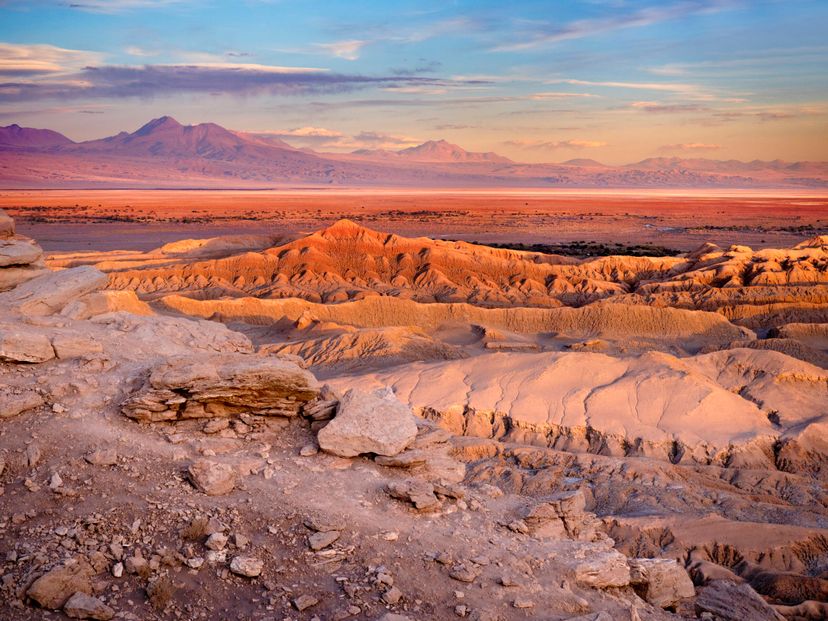
One of the largest deserts in the world, the Atacama Desert is situated in South America and the plateau is said to be one of the driest places in the world. In fact, some weather stations here have never received rain, while others have not received any significant rainfall from the 16th century to the 20th century. The region is so parched that the mountains are totally glacier-free. This dessert is so dry because the cold water that is transported from Antarctica by Humboldt currents prevents the formation of large rain-carrying clouds. Antarctica holds two titles as one of the driest continents on earth and also is the record-holding coldest place on earth.
A fun fact about this desert: every five to 10 years a historic rainfall occurs which results in brightly colored flowers and vegetation that sprawl across the desert. That said, this beautiful display of color only lasts about a week but it is truly an incredible display of what mother nature is capable of.
Pelican Point, Namibia
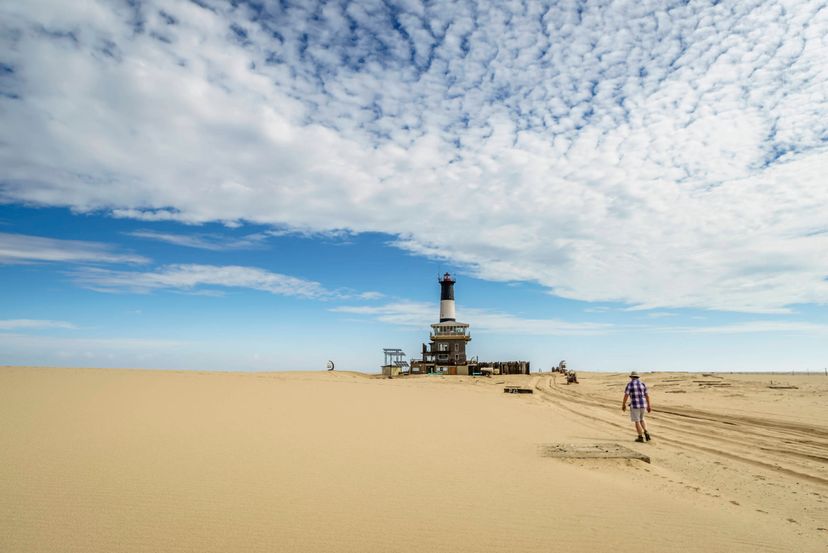
Pelican Point is located in the sand-dune-filled African country of Namibia. This may come as a surprise because Pelican Point also happens to be an incredible surfing spot but it is in fact, one of the driest places in the world. Pelican Point receives about 8.13 millimeters of rain annually but that doesn’t deter surfers from coming and catching big waves. It rarely gets very hot or very cold here and features the very rare mild variation of the arid climate, due to the cold offshore currents near the bay.
Aoulef, Algeria
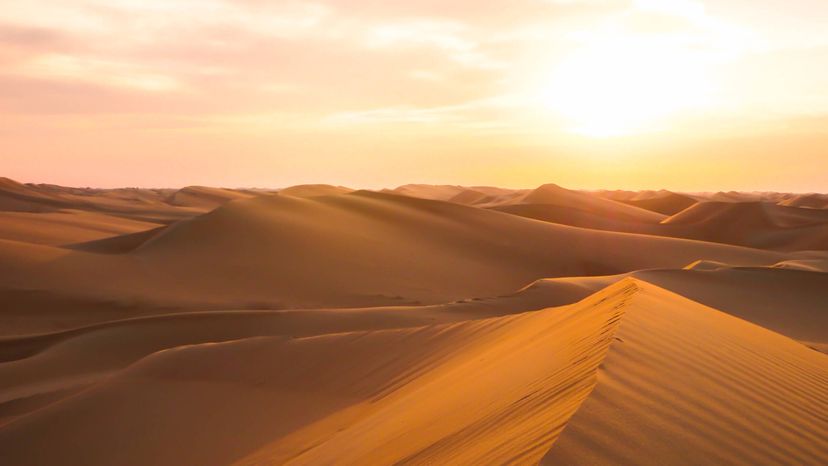
Aoulef is a small town located in the country of Algeria and is surrounded by miles of desert. The hot winds from the surrounding deserts make it the hottest and driest place in the country. Aoulef receives less than 12.19 mm of rain per year making it hard to get any relief from the scorching heat! Thankfully this town boasts plenty of palm trees that provide refuge from the desert heat. Daily average temperatures during the long summers are about 50 degrees Celsius (122 degrees Fahrenheit) and the sky is almost always clear throughout the year.
Iquique, Chile
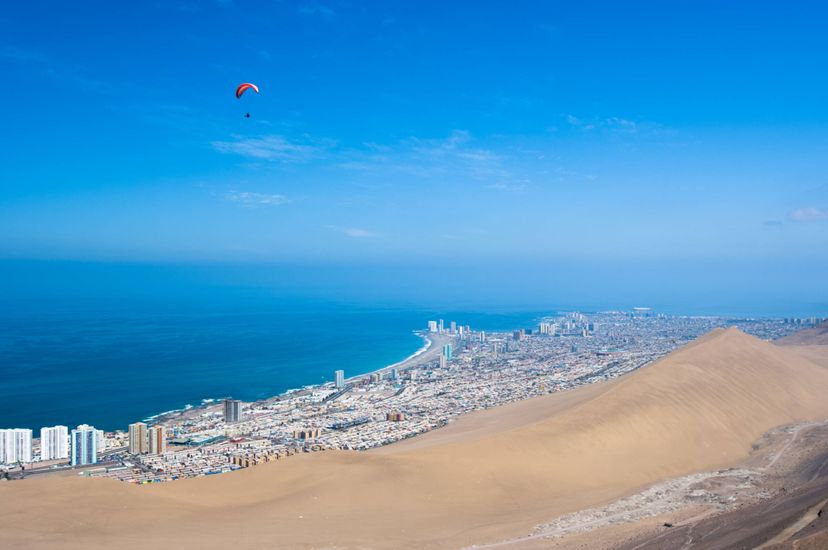
Iquique is a coastal city located in northern Chile and west of the Atacama Desert. It receives a mere annual rainfall of 5mm that usually falls in January or February. Even though this is one of the driest places in the world, it’s still a popular holiday destination. This town boasts a number of beaches for escaping the dry air as well as a variety of great beach resorts. People are also drawn to the surfing opportunities, tax-free shopping, and beachfront casino.
Advertisement
Luxor, Egypt
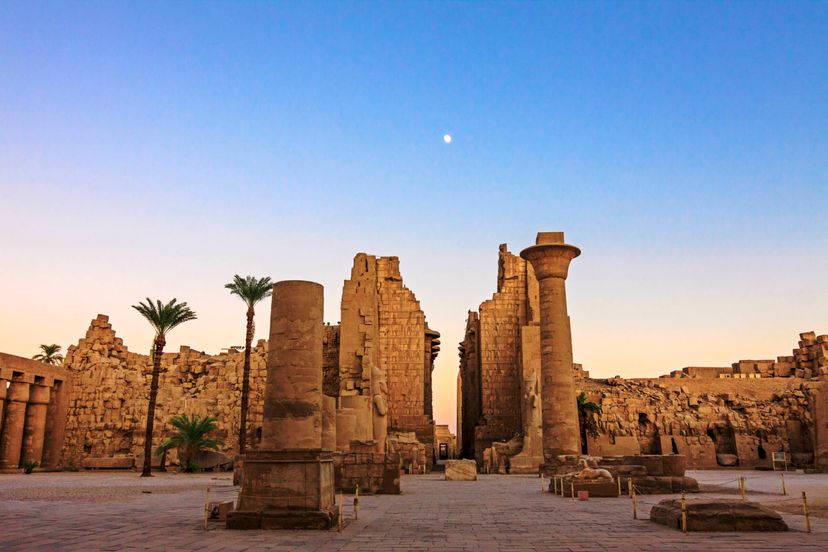
Luxor is a city in southern Egypt located on the east bank of the Nile River. It is renowned as one of the hottest, driest, and sunniest cities in the world. The city sees an average of 0.862 mm of rain per year. Further, the air is mostly dry but more humid than in Aswan, the second Egyptian city on this list.
This city also has some dreadful sandstorms that can last for up to two days with winds gusting up to 90 mph and can even raise the temperature 20 degrees. Aside from its dry climate, the city also boasts many ancient artifacts and is often referred to as the world’s greatest open-air museum. Thousands come to visit the site of the Ancient Egyptian city of Thebes, the Valleys of the Kings and the Valley of the Queens.
Ica, Peru
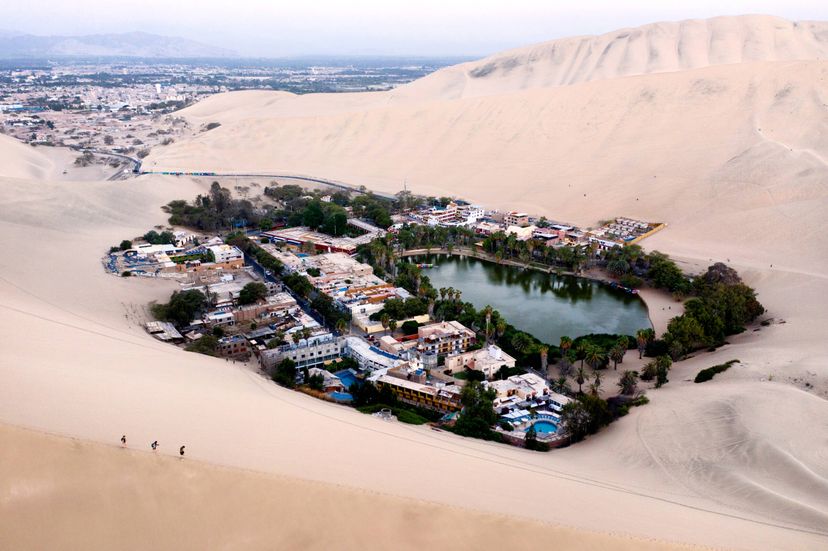
The city of Ica is the capital of the Ica Region located in southern Peru. Located on the southern side of Lima and bordering the Atacama Desert, this city is considered one of the driest climates in the world because it only sees about 2.29 mm of rainfall each year. But this dusty region wasn’t always so dry! Back in 2007 scientists actually found fossil evidence of a species of penguin that used to inhabit the area.
The dry climate doesn’t stop tourism in this city! There’s an excellent museum located in the city that features amazing exhibits such as prehistoric artifacts to pre-Colombian mummies. Huacachina oasis, set in the midst of the sand dunes is another huge tourist draw for international travelers and is a sight worth seeing!
Aswan, Egypt
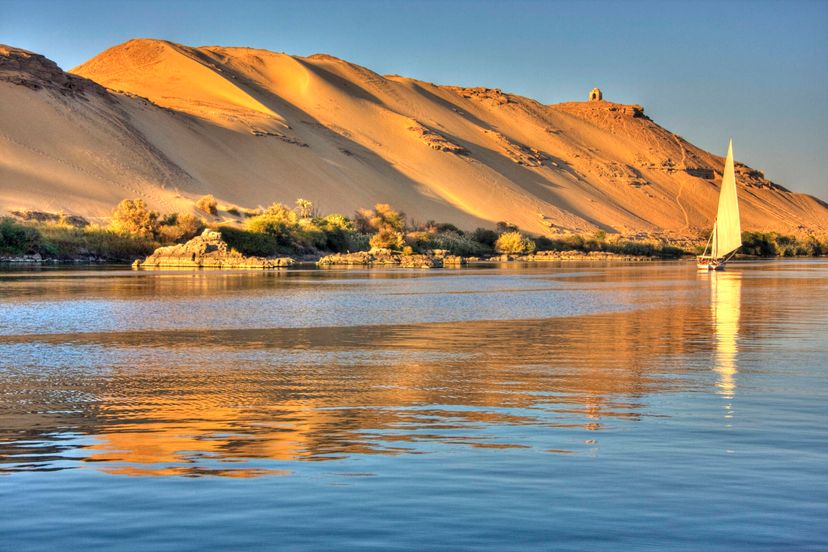
Aswan is one of the hottest and driest cities in Egypt and in the world. It is located in southern Egypt where average high temperatures are consistently above 40 degrees Celsius (104 degrees Fahrenheit). Aswan sees less than 1mm of average annual precipitation and some years, the city doesn’t see any rainfall at all! It’s closeness to the Tropic of Cancer contributes to its high temperatures and dry weather. On some occasions, the city experiences very strong winds that can gust the sand at over 100 mph.
McMurdo Dry Valleys, Antarctica
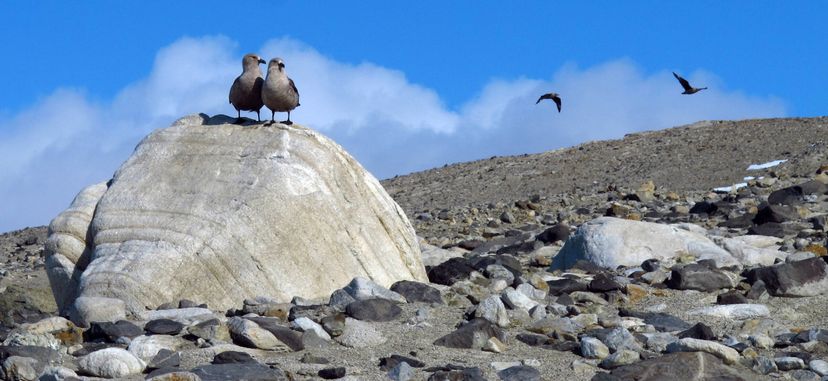
When you hear the word Antarctica one rarely thinks of anything but ice and glaciers but to everyone’s surprise, Antarctica’s Dry Valleys are actually considered to be the driest place on Earth. The valleys receive no rainfall at all and are considered the largest ice-free region on the continent. The presence of high mountains blocks any ice from the valleys as well.
Scientists have compared the valley’s in McMurdo ecosystem to that of the planet Mars due to the dry climate and the photosynthetic bacteria that can be found living there. It’s worth noting, this isn’t a place where you can just fly into and visit, but it is one of the most fascinating places on the planet!
Wadi Halfa, Sudan
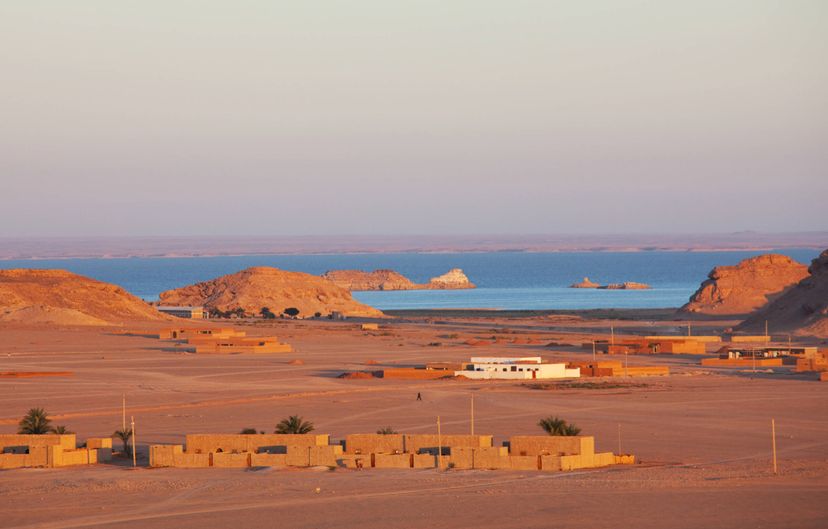
This sweltering desert town is located in the northern state of Sudan on the shores of Lake Nubia, near the border of Egypt. The city sees an average of 2.45 mm of rainfall each year. Due to this, Wadi Halfa is considered one of the driest places in the world. While this may come as a shock to you, the hot desert climate is common for the Nubian Desert (the eastern region of the Sahara Desert). Even though this city is incredibly hot and dry, it still boasts a population of about 15, 000 people!
Advertisement